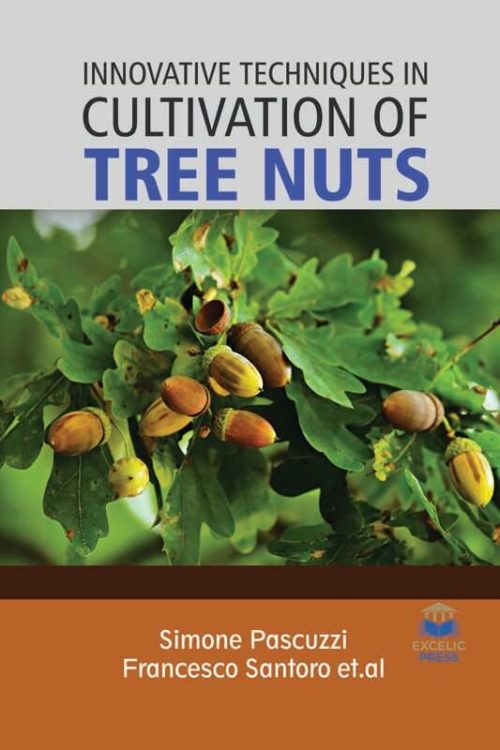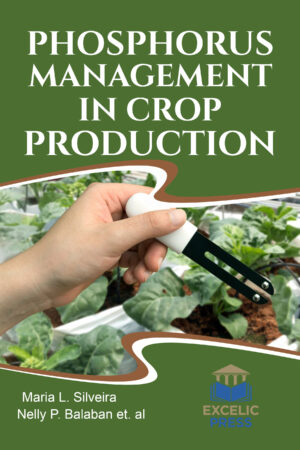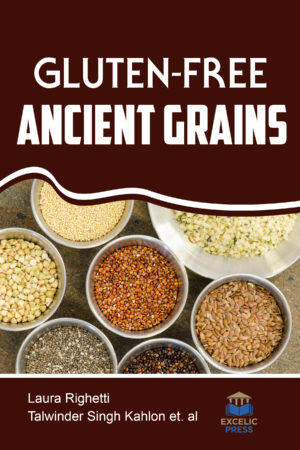Description
Agriculture is the key backbone for broad-based economic growth, poverty reduction and food security, having an impact on both economic and social levels. Indeed, incomes generated by agriculture are much more effective in reducing poverty than the Gross Domestic Product (GDP) growth in other sectors. The increase in crop production in response to strong global demand and higher prices is a new trend, as most of these countries continue to face the challenges of eradicating poverty and finding sustainable solutions to malnutrition and food insecurity.
This book covers the wide-ranging information addressing key issues facing the cultivation of tree nuts. During the last decades, Italian almond cultivation has registered a notable, progressive reduction both in terms of assigned surface area and production, despite the fact that Italy has the widest variety of almond cultivars. This dramatic crop reduction can be attributed to different reasons, such as the employment of outdated traditional orchards, competition with more profitable crops, uncertain annual yields due to adverse climatic conditions and/or pest attacks and infectious diseases, and the organization of the almond production chain and market. In this regard, many of the intermediate activities involved in the almond processing (sometimes even the harvest) were taken away from the farmer and consequently have an effect on the financial gain. The book starts with the analysis of the almond harvesting system with a very high level of mechanization frequently used in Apulia for the almond harvesting and hulling process. Further, it evaluates the morphological and pomological evaluation of almond cultivars.
Soil salinity affects plant growth and development, which directly impact yield. Global climate change has led to longer, more frequent and severe drought periods. These droughts have led to a reliance on low-quality well water and unsustainable irrigation practices for agriculture, which combined lead to increased soil salinity. It has been predicted that salinization may impact 50% of the arable land by 2050. The problem of soil salinity is a scourge for global agricultural productivity. In this book, we provide an overview of the cashew production system in the West African region, using Guinea-Bissau as a case study. In particular, we present some viewpoints concerning the impact of cashew production and discuss how the strong dependence on a single cash crop can compromise the local livelihoods and food security. Finally, some insights are given towards the sustainable production of cashew in the face of the recent risks affecting the agricultural sector in West Africa. Effect of climatic factors on cashew (Anacardium occidentale l.) productivity in Benin (West Africa) is also described.
The book finally closes with a study to identify hazelnuts with the aim of proposing strategies and optimizing mechanization systems through geospatial technologies. The cultivation of hazelnuts is characterized by several factors that make it difficult and dangerous to use mechanization systems for operators, at all stages of cultivation, especially in the harvesting phase. Some of these factors are predominantly irregular plantations, a high degree of acclimatization of the slopes, uneven ground conditions, a lack or absence of business and interpersonal viability, presence of obstacles to the passage of machines, and unusual soil management with the abandonment of pruning residues on the ground. The book will serve as a valuable guide to students and practitioners working in the associated field and, moreover, may provide new concepts and starting topics for future researches.





